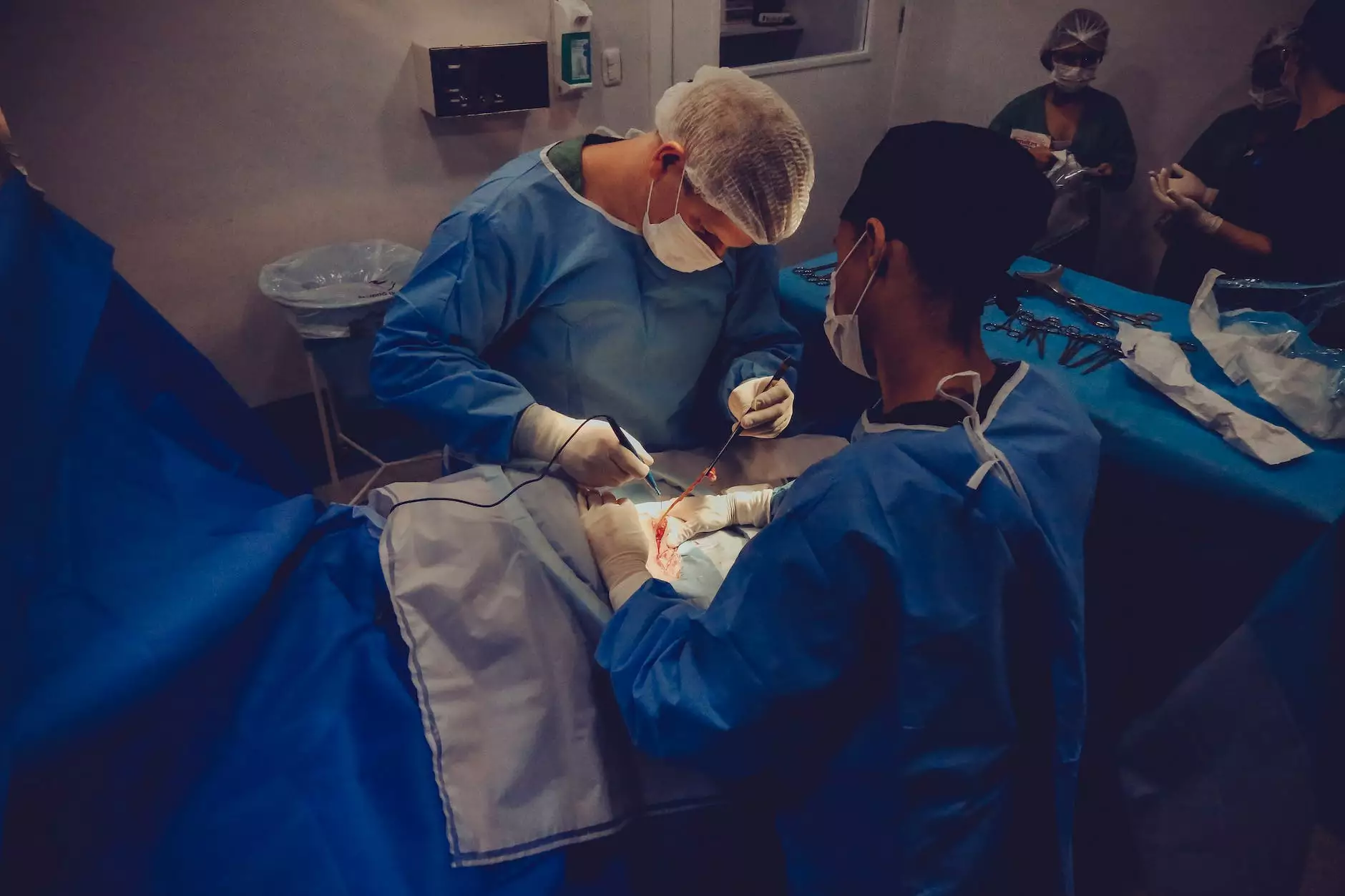Tonsillectomy With or Without Adenoidectomy

Introduction
Welcome to Foley James D MD's page on tonsillectomy with or without adenoidectomy! This page is dedicated to providing you with detailed information about the procedure, including post-operative discharge instructions, recovery tips, and general knowledge about tonsillectomy and adenoidectomy. We are committed to ensuring that you have a smooth recovery process and receive comprehensive patient education material. Let's dive into the specifics.
What is a Tonsillectomy and Adenoidectomy?
A tonsillectomy is a surgical procedure to remove the tonsils, which are two small masses of tissue located at the back of the throat. An adenoidectomy, on the other hand, involves the removal of the adenoids, which are located high in the throat behind the nose.
When is a Tonsillectomy With or Without Adenoidectomy Recommended?
Tonsillectomy and adenoidectomy may be recommended for various reasons, including:
- Recurrent or chronic tonsillitis
- Enlarged tonsils causing breathing difficulties or obstructive sleep apnea
- Frequent throat infections affecting daily activities and quality of life
- Recurrent ear infections related to adenoid problems
The Procedure: What to Expect
Before the surgery, you will have a consultation with your doctor to discuss the procedure's benefits, risks, and recovery process. On the day of surgery, you will typically be given general anesthesia to ensure a pain-free experience.
The surgeon will remove the tonsils and/or adenoids using specialized instruments. The duration of the surgery may vary depending on the complexity of the case.
Recovery: After Surgery Discharge Instructions
Eating and Drinking
After the surgery, it is essential to follow proper eating and drinking guidelines. Initially, you may experience a sore throat and discomfort when swallowing. Stick to soft and cold foods, such as ice cream, yogurt, and smoothies, to soothe the throat. Avoid hot, spicy, or sharp-edged foods.
Pain Management
Pain is normal after the procedure. Your doctor will prescribe pain medication to help manage any discomfort. It is crucial to follow the dosage instructions provided and avoid any medications or substances that may increase bleeding risks.
Rest and Activity Level
Rest is vital during the recovery period. Engage in light activities, such as walking, to promote blood circulation and healing. Avoid strenuous physical activities and contact sports until cleared by your doctor.
Postoperative Care
Follow the postoperative care instructions provided by your surgeon. This may include gargling with saltwater, using prescribed mouthwashes, and maintaining proper oral hygiene. Attend all follow-up appointments as scheduled.
Possible Complications and Risks
As with any surgical procedure, tonsillectomy with or without adenoidectomy carries some risks. Though uncommon, potential complications may include:
- Bleeding
- Infection
- Reaction to anesthesia
- Changes in voice or speech
- Swallowing difficulties
When to Seek Medical Help
Although the majority of patients recover smoothly, it is essential to be aware of potential complications. Contact your doctor immediately if you experience any of the following:
- Severe or prolonged bleeding
- Fever exceeding 101°F (38.3°C)
- Difficulty breathing or swallowing
- Excessive pain not relieved by medication
- Signs of infection, such as redness, swelling, or discharge from the surgical site
Conclusion
At Foley James D MD, we understand the importance of providing thorough patient education material. We hope this page has given you a comprehensive understanding of tonsillectomy with or without adenoidectomy, including information on the procedure, recovery, and potential risks. Should you have any further questions or concerns, please do not hesitate to reach out to our dedicated medical team. Your well-being is our priority.




